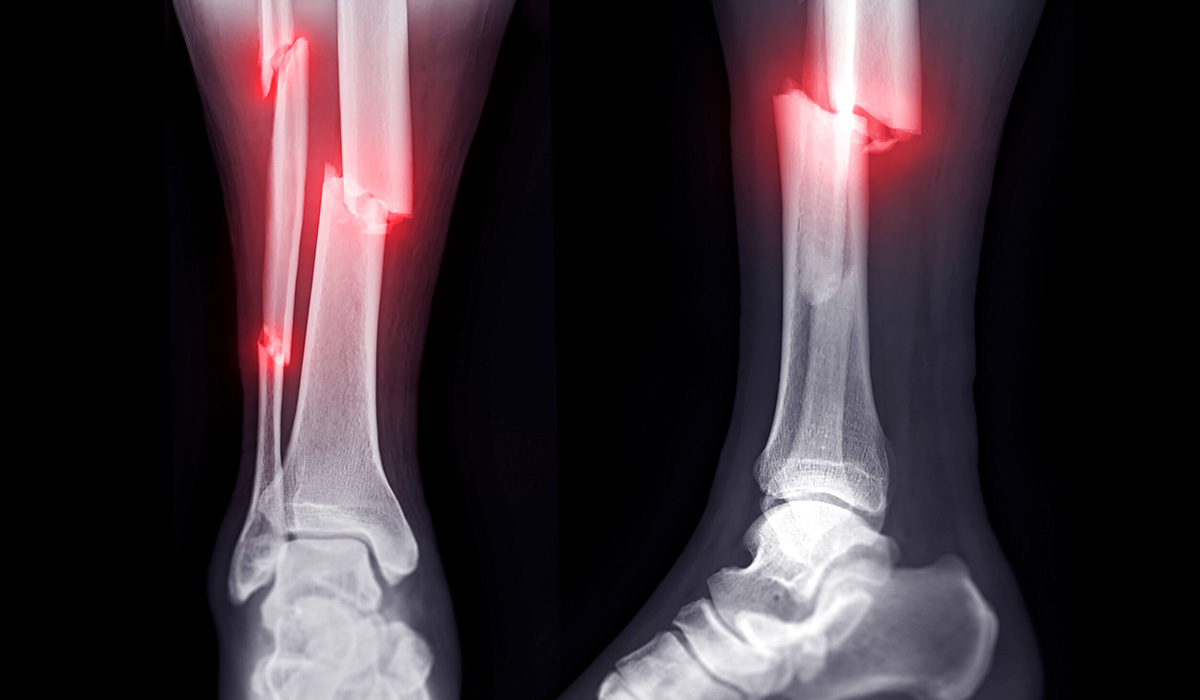Tennis Elbow, medically known as Lateral Epicondylitis, is a painful condition caused by inflammation or micro-tears in the tendons that attach to the lateral epicondyle of the elbow (outer part of the elbow joint). It is commonly seen in people who perform repetitive hand, wrist, or arm movements, not just tennis players.
Causes of Tennis Elbow
Tennis elbow is not restricted to athletes. It can occur in anyone due to:
- Repetitive heavy weight lifting
- Trauma or overuse injury
- Diabetes mellitus (increases tendon degeneration risk)
- Hormonal changes in middle-aged women
- Continuous manual work like plumbing, carpentry, or gardening
Common Symptoms of Tennis Elbow
People with tennis elbow usually experience:
- Pain on the outer side of the elbow (lateral elbow)
- Tenderness over the lateral epicondyle
- Difficulty in lifting heavy objects
- Pain while gripping, twisting, or lifting (e.g., turning a doorknob or lifting a bag)
- Weak grip strength
How is Tennis Elbow Diagnosed?
Tennis elbow is a clinical diagnosis. Most cases do not require X-ray, MRI, or ultrasound. An experienced orthopedic doctor can diagnose it through physical examination and discussion of symptoms.
However, in chronic or complicated cases, imaging may be used to rule out other elbow conditions.
Tennis Elbow Treatment Options
1. Conservative (Non-Surgical) Treatment
Initial treatment includes:
- NSAIDs (pain-relief medicines)
- Rest and avoiding strenuous activities
- Ice packs or hot fomentation
- Elbow support/bracing
- Physiotherapy to strengthen forearm muscles and relieve tendon strain
These methods help in reducing pain and inflammation and are effective in most early-stage cases.
2. Injections for Pain Relief
If conservative treatment fails, we may recommend:
- Steroid Injection – Helps in reducing severe inflammation and pain
- PRP Injection (Platelet-Rich Plasma) – Promotes natural healing by injecting growth factors from your own blood
Both are non-surgical, advanced treatment options widely used in tennis elbow management in India.
3. Surgical Treatment (Last Option)
Surgery is rarely required. It is reserved for chronic cases that do not respond to 6–12 months of other treatments. The goal of surgery is to remove degenerated tissue and stimulate tendon healing.
At ORTHO D HOSPITAL, Ahmedabad, we perform minimally invasive surgical treatment for tennis elbow when absolutely necessary.
Recovery Time
- Most patients recover with conservative or injection therapy within 4–8 weeks
- Post-treatment physiotherapy and ergonomic correction help prevent recurrence
- Surgical recovery may take 3–4 months
Why Choose ORTHO D HOSPITAL for Tennis Elbow Treatment in Ahmedabad?
- Experienced Orthopedic Specialist – Dr. Ruchir Patel
- Expertise in non-surgical and advanced PRP injection treatments
- Full support with physiotherapy & follow-up care
- Safe, scientific approach to pain relief and elbow rehabilitation
Final Words
If you’re suffering from tennis elbow pain in Ahmedabad, don’t ignore it. Early treatment prevents further tendon damage and helps you return to your daily activities pain-free.
👉 Book an appointment with Dr. Ruchir Patel at ORTHO D HOSPITAL today and get expert care for tennis elbow.





